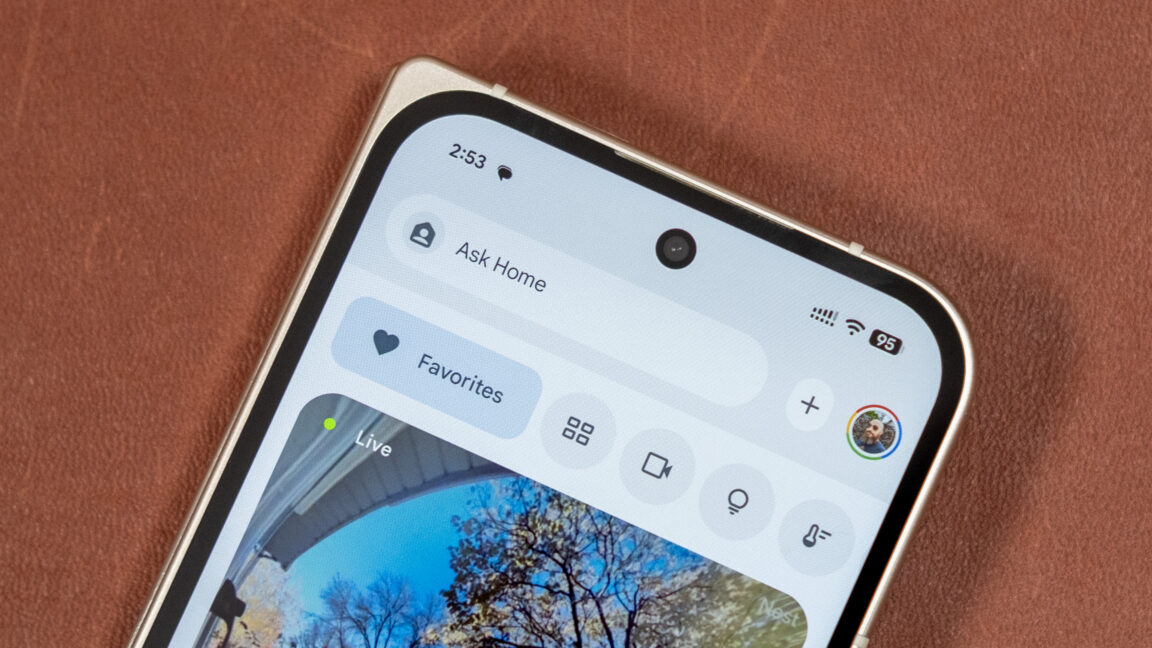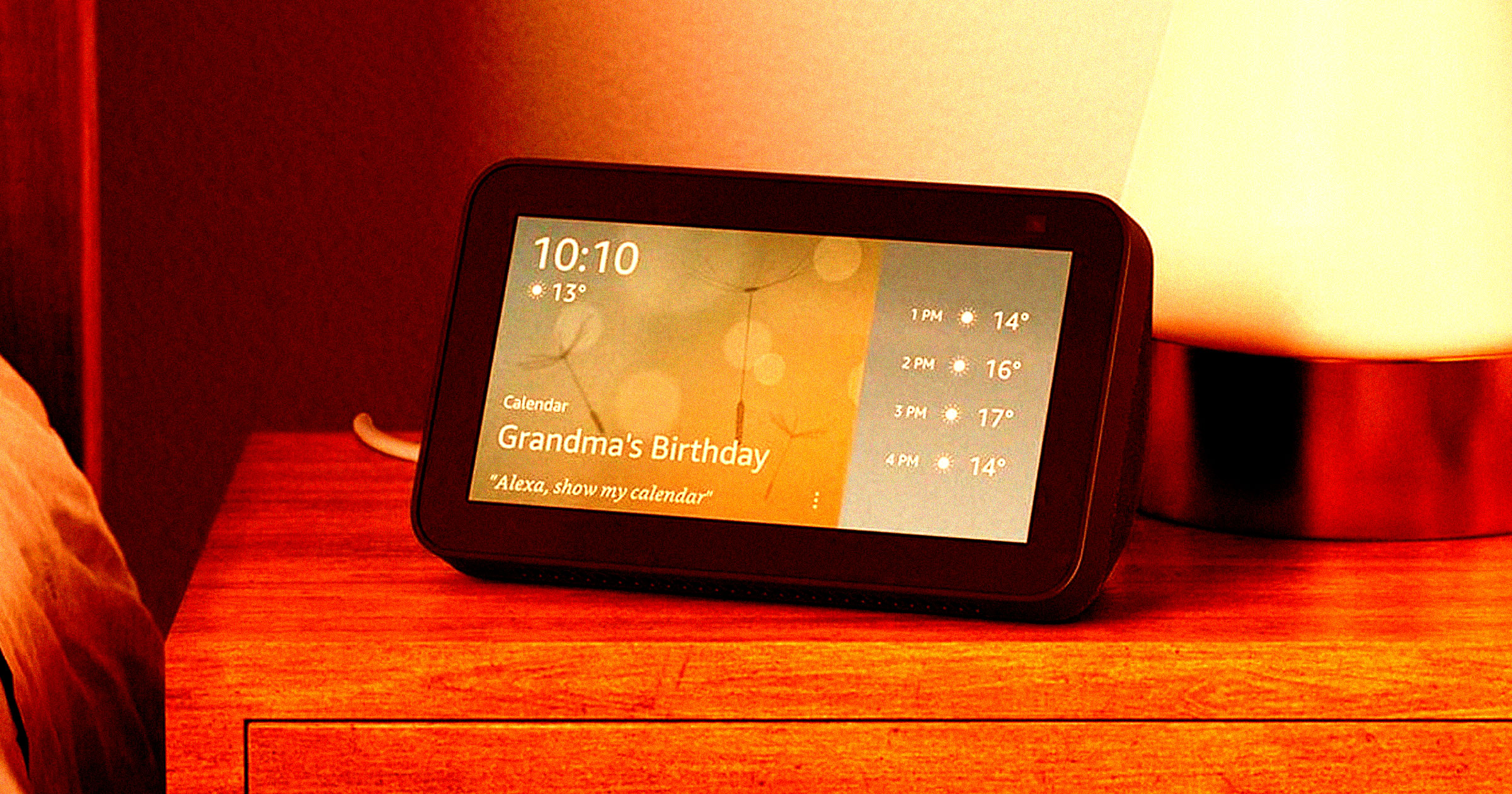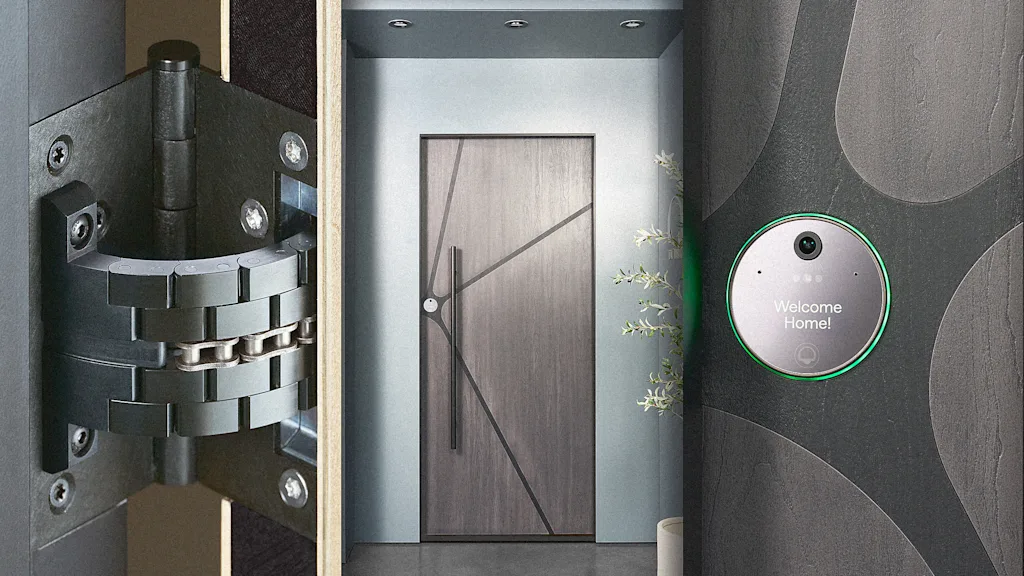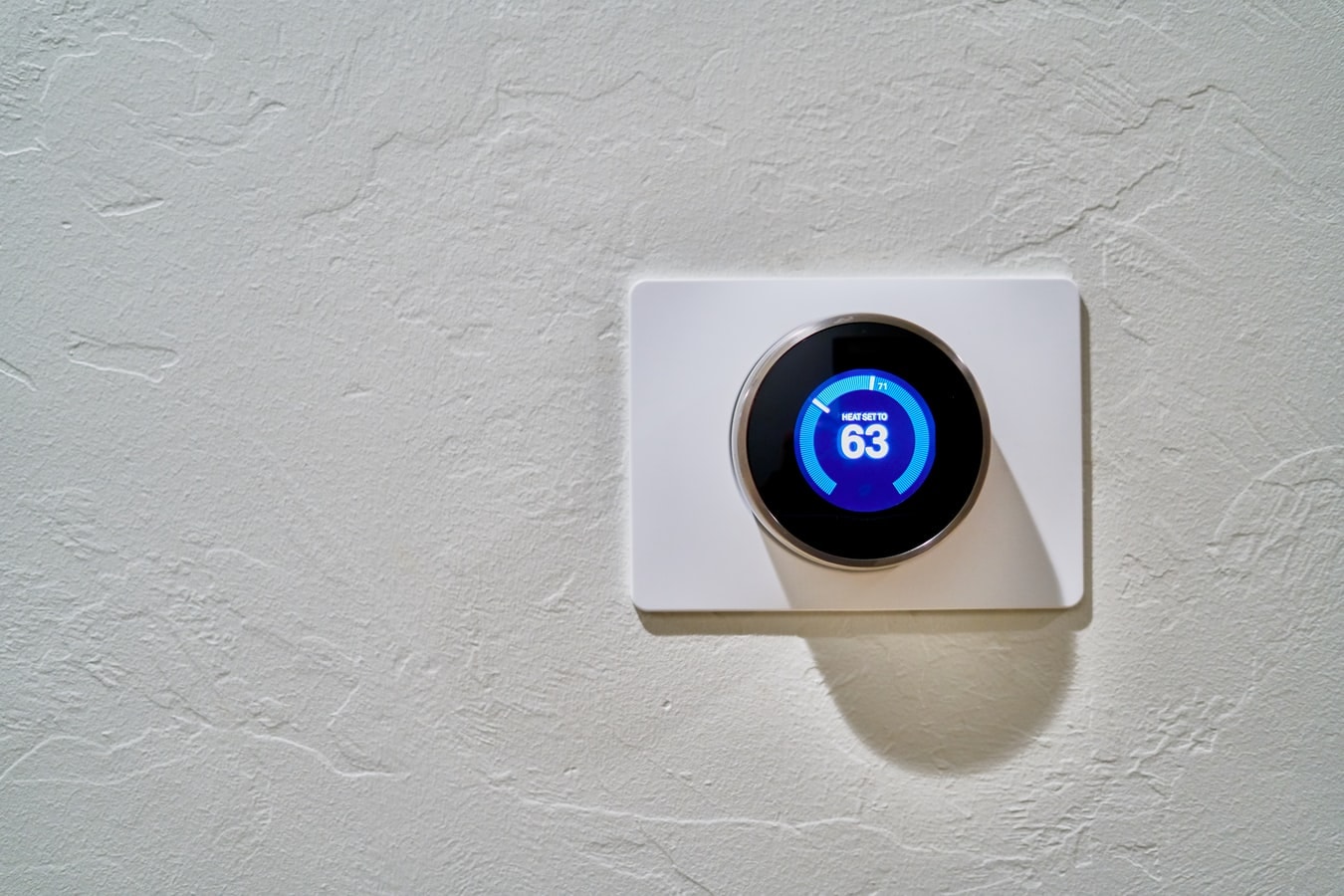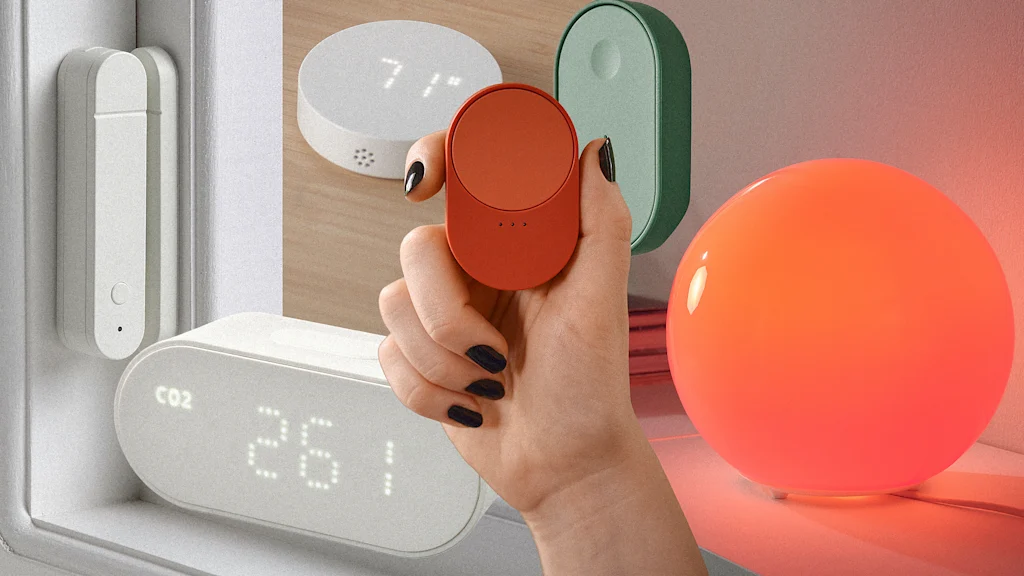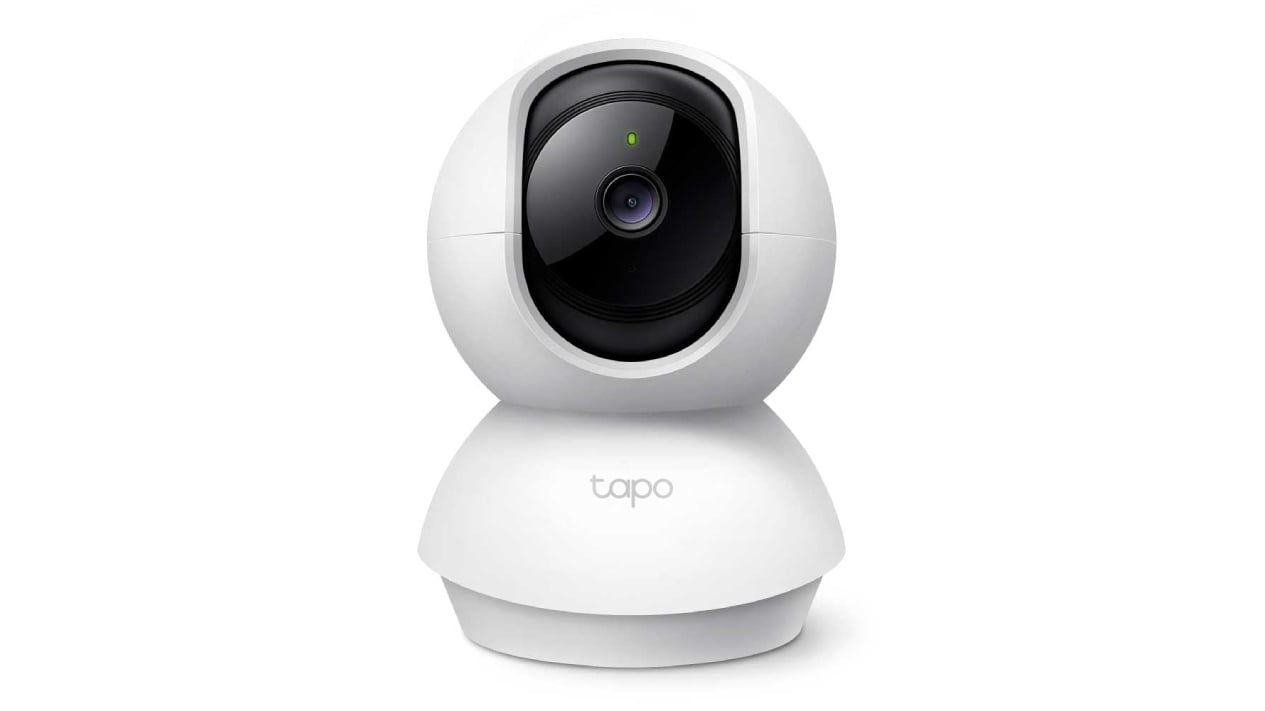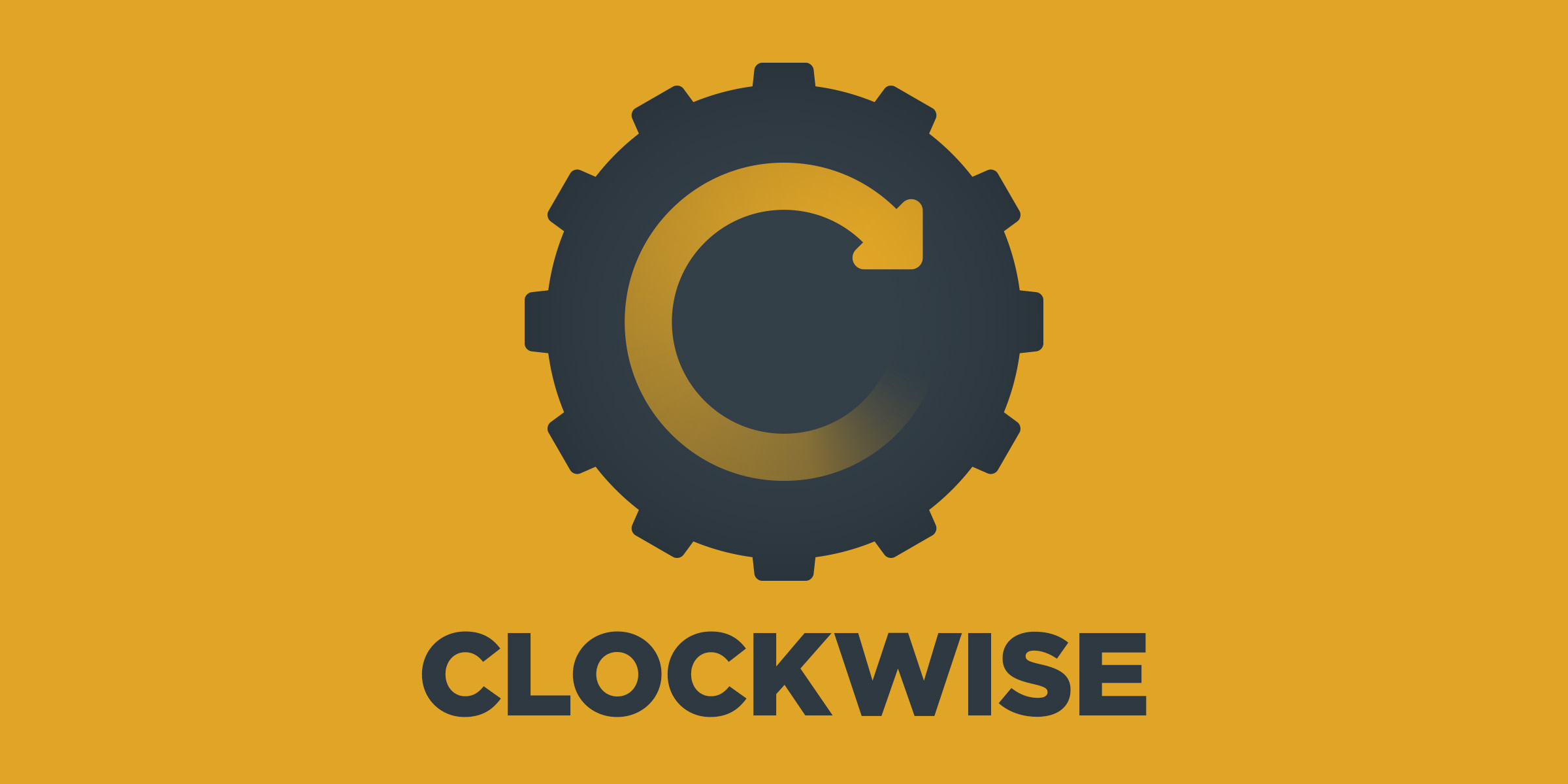fromWIRED
2 days agoCan You Buy Relaxation? My $200 Electric Fireplace Says Yes
When I first unboxed Turbro's Suburbs TS25 Smart Electric Fireplace, I was annoyed that it did not come with the recommended 6-inch Phillips-head screwdriver needed to attach the fireplace's freestanding legs. I dug through my toolbox and found a shorter screwdriver, which made screwing in the 16 screws a whole affair. Yet I persevered and placed the white polished-enamel fireplace in my living room.
Gadgets


